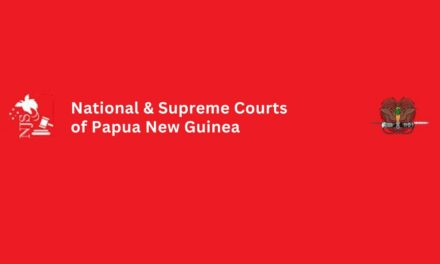INCLUSION OF PLACES IN THE LIST OF OVERSEAS PLACES OF HISTORIC
SIGNIFICANCE TO AUSTRALIA
Published by the Commonwealth of Australia, No. S150, Friday, 10 August 2007
Cat. No. S15007, ISSN 1032-2345, Commonwealth of Australia, 2007
Environment Protection and Biodiversity Conservation Act 1999
Country: Papua New Guinea
Place: Kokoda Track
Location: The Kokoda Track, in Papua New Guinea, is a mountain track that winds across the Owen
Stanley Range between Owers Corner, about 35 kilometres north of Port Moresby, and the
Kumusi River, which marks the northern side of the Owen Stanley Range. It was named after
the village of Kokoda, through which the main route passes. It is also known as the Kokoda
Trail. Both terms are legitimate – ‘Track’ reflecting the language of Australians who fought
along it, and ‘Trail’ reflecting the official name given to it. It has become a site of pilgrimage
for Australians and also for Papua New Guineans, with most walking the main section
between Owers Corner and Kokoda (in either direction).
Statement of Place’s Historic Significance to Australia:
The Kokoda Track marks the course of one of the seminal battles for Australians during the
Second World War. In this long battle, waged between 21 July and 16 November 1942, the
Australian Army halted the furthermost southward advance by the Japanese in Papua New
Guinea and pursued the enemy force back across the mountains. The Allied base of Port
Moresby was thus secure. In the course of this battle, Australians forged stronger ties with the
people of Papua New Guinea, as those who carried supplies and evacuated casualties from the
battle area forged their own legend, of the ‘Fuzzy Wuzzy Angel’.
The story of this battle is one of courage, endurance, mateship and sacrifice – qualities declared on the Australian
memorial erected at Isurava. This narrow, shifting track over a mountain range has become a
place of pilgrimage for Australians. It is one of the most striking places of Australian military
history that may still be visited.




